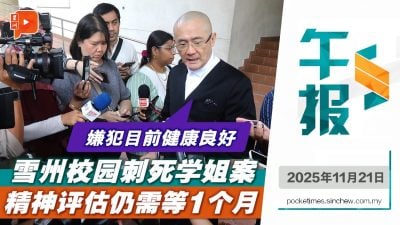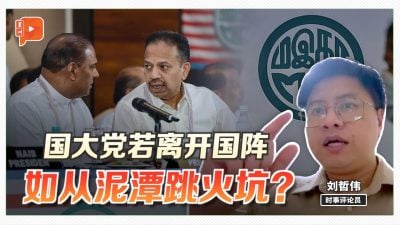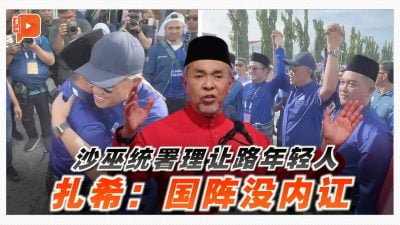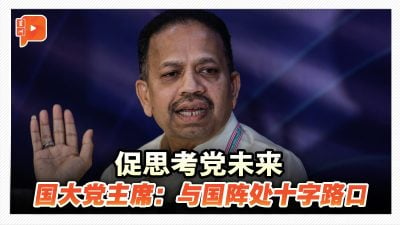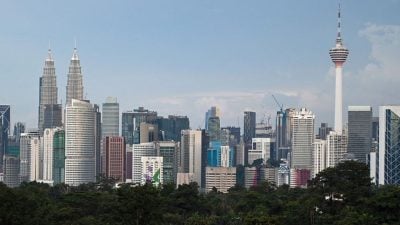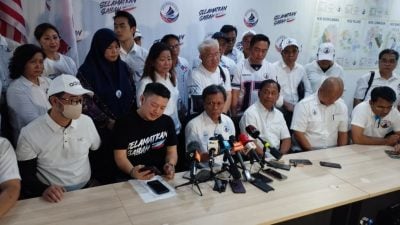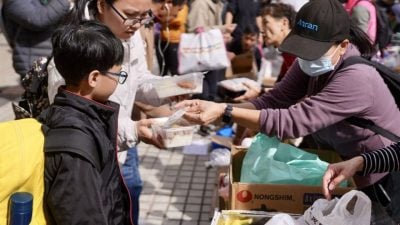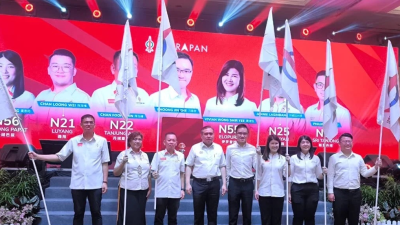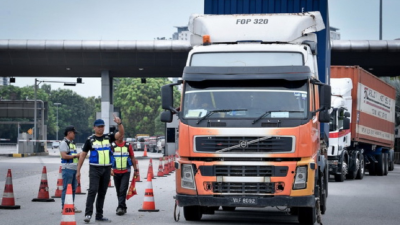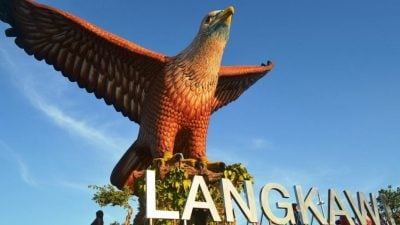
The Ayer Kuning by-election (PRK) is scheduled to take place on April 26, following the death of the late Isham Shahruddin from a heart attack after participating in a four-cornered football tournament at the city stadium in Georgetown, Penang.
Perhaps looking at the voting patterns in this area from 2004 to 2022, the seat has been held by Barisan Nasional (BN) with its candidates from Umno.
However, in 2018, this area began to see a three-cornered fight with PAS and Amanah, and in 2022 a five-cornered fight involving also Pejuang, PN, PSM, and PH parties. Victory, nevertheless, still belonged to BN.
Therefore, looking at the demographics of population in the area, there are 31,940 eligible voters consisting of 55.97 percent Malay voters, 22.9 percent Chinese voters, 14.38 percent Indian voters, and 7.5 percent indigenous voters.
Several assumptions can be predicted in this by-election.
Pakatan Harapan (PH), currently holding the Federal government, has announced that it will not field a candidate for the upcoming election. Instead, they will allow BN to present their candidate.
In exchange, PH will support the BN candidate to ensure a victory in the constituency.
However, BN must pay attention to several important steps in this process. The candidate they choose needs to be someone who can serve as a “wali” for the area, especially considering this DUN is made up of various ethnic groups, with Malay voters being the majority.
The candidate, who will be announced on April 7, must be winnable, acceptable, and likeable, which are fundamental principles of BN.
Additionally, the support of non-Malay voters in the area could significantly contribute to BN’s success.
The primary national issue is poised to play a crucial role in shaping voter sentiment, especially among Indian voters.
Historically, the Hindraf group’s surge in 2007 was a turning point that dramatically altered the political landscape, as Indian voters shifted their support from BN to the opposition.
This movement had a profound “political tsunami” effect, leading to BN losing its simple majority in the state government.
Additionally, the situation surrounding Patrakaliamman Temple in Masjid India, Kuala Lumpur, while amicably resolved, highlights on-going challenges.
Even though Malay voters support parties like BN-PH, PN, or PSM, it will be the non-Malay voters who will become “kingmakers” in this by-election.
The economic performance of the Madani government is currently under significant pressure due to various emerging issues.
It is imperative that we pay serious attention to the concerns of the Indian community, as they face pressing challenges.
Local issues, such as insufficient development facilities and the escalating cost of living, demand urgent and focused action to effectively engage and win the support of Indian voters.
For the opposition party, namely PAS representing Perikatan Nasional (PN), they are trying to bring their rhetoric to compete with BN because Bersatu has confirmed that they will not field a candidate in this by-election and will be a source of support for the PAS candidate there.
PAS’ voter support in the area has increased from around 5,000 voters in the 12th General Election to 7,000. PAS has also put forward four potential candidates to be nominated.
Secondly, two other parties—the Malaysian United Democratic Alliance (MUDA) and the Socialist Party of Malaysia (PSM)—have confirmed that they will also contest in this by-election to provide voters with more options.
Looking back at the history of PSM, they once brought their record to the 15th General Election but lost their deposit with only 586 votes.
PSM and MUDA need to focus on national and local issues that can attract voters’ attention, and the candidates they field must be potential problem-solvers for all the issues faced by the people in the area.
The strength of the Unity Government in the area is the Tapah Parliament under the MIC leadership of Dato’ Saravanan, who has a very good track record among the voters in the area.
Moreover, Chenderiang state assembly is represented by MCA and Ayer Kuning by Umno (previously).
This can be used as a symbol of the unity of the Unity Government in the area.
PAS also has significant influence in the area, with former Bersatu Vice President Ahmad Faizal Azumu a “heavyweight” leader to attract voter support in the region, as the Chenderiang state assembly seat was previously won by Ahmad Faizal.
This will become a symbol of strength for PAS to attract the Malay voters there and even provide competition to BN in this by-election.
Therefore, even though Malay voters support parties like BN-PH, PN, or PSM, it will be the non-Malay voters who will become “kingmakers” in this by-election.
Even after analysis on paper, BN had a significant influence to win in the previous state election, but the rhetoric this time is quite different.
The third prediction is that racial issues will continue to be played in the election campaign to influence the voters.
3R issues must be avoided to ensure that the country’s peace, prosperity and harmony will remain in a state of tranquility and calmness.
(Dr Sharmin Kutty Sivaraman is a Political Analyst.)
ADVERTISEMENT
ADVERTISEMENT







